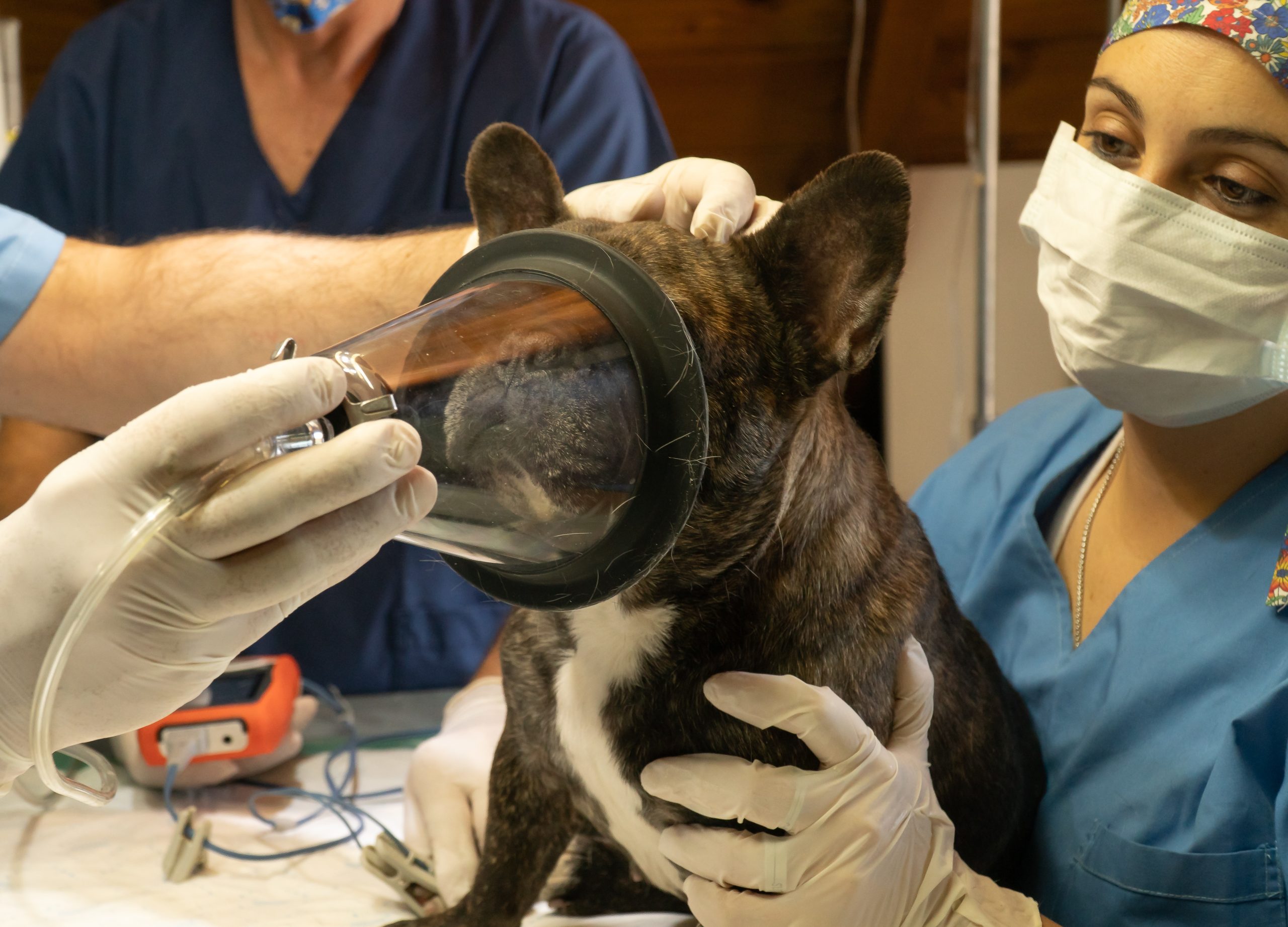Preparing your pet for dental surgery is a task that should not be taken lightly. Just like humans, pets might go through dental problems that require surgery. Oral surgery can be stressful for you and your furry friend; however, with the right preparation, you can make your pet feel more relaxed throughout the surgery and increase your chances of a positive outcome.
How to Prepare Your Pet For Oral Surgery
Every pet parent should understand the significance of dental surgery preparation. This post will walk you through the procedures to get you and your animal companion ready for oral surgery.
Consult with your vet
Consultation with your veterinarian is the primary and most essential step in preparing for dog surgery and the proper time to talk about potential issues and estimated costs and to provide helpful details for owners to make great decisions. The veterinarian will examine your pet’s dental health and recommend the necessary step. They will also provide you with specific guidelines on how to prepare your pet for surgery.
During your consultation with the vet or surgeon, it is crucial to freely discuss any concerns or questions you have regarding your furry friend’s upcoming surgery and recovery. This will help you better understand what to anticipate to help guarantee that your pet obtains the best possible care before, during, and after their surgery.
Follow pre-surgery instructions
The Snider Veterinary Services vet will provide you with pre-surgery instructions that you need to follow closely. These instructions may include diet restrictions, withholding water before surgery, and medications to provide or avoid. It’s crucial to follow these guidelines carefully to lower the risk of complications during and after surgery. Call your veterinarian for any questions or concerns regarding the pre-surgery instructions.
Get your pet used to the carrier
Many pets become nervous or stressed when traveling in a carrier. To help reduce tension, get your pet used to the carrier well before the surgery. Start by putting the carrier in a familiar place and leaving it open with a soft blanket or toy inside. Let them get used and explore the carrier at their own pace. When your pet is comfortable entering and leaving the carrier, slowly increase the amount of time they remain inside.
Practice dental hygiene
Preserving good dental hygiene is crucial to your furry friend’s overall health and wellness and can help reduce the need for dental surgery. Start by frequently brushing your pet’s teeth with a pet-friendly toothbrush and toothpaste. You may also give dental chews or treats designed to promote dental health. Consult your vet to use the best products for your pet’s teeth. Click this view page to find out more about proper dental care.
Prepare a comfortable recovery area
After surgery, your pet will need a quiet and comfortable place to recover. Prepare a recovery location beforehand by selecting a warm, peaceful area with minimal foot traffic. Provide a comfortable bed, blankets, and toys to help your pet feel secure and relaxed. Give plenty of fresh water, and observe your pet during recovery.
Follow post-surgery instructions
The vet surgeon will provide specific post-operative instructions to pet parents. These guidelines include medication administration, carefully observing the pet’s actions and appetite, and booking follow-up checkups. Every pet owner should ensure the wound is healing properly by carefully observing their pet. If a post-operative checkup is needed, do not wait to seek assistance from your vet.
Final Thoughts
Preparing your pet for oral surgery necessitates cautious planning and preparation. Adhering to these guidelines and working closely with your vet can help ensure a positive result and improve your furry friend’s overall dental health.

